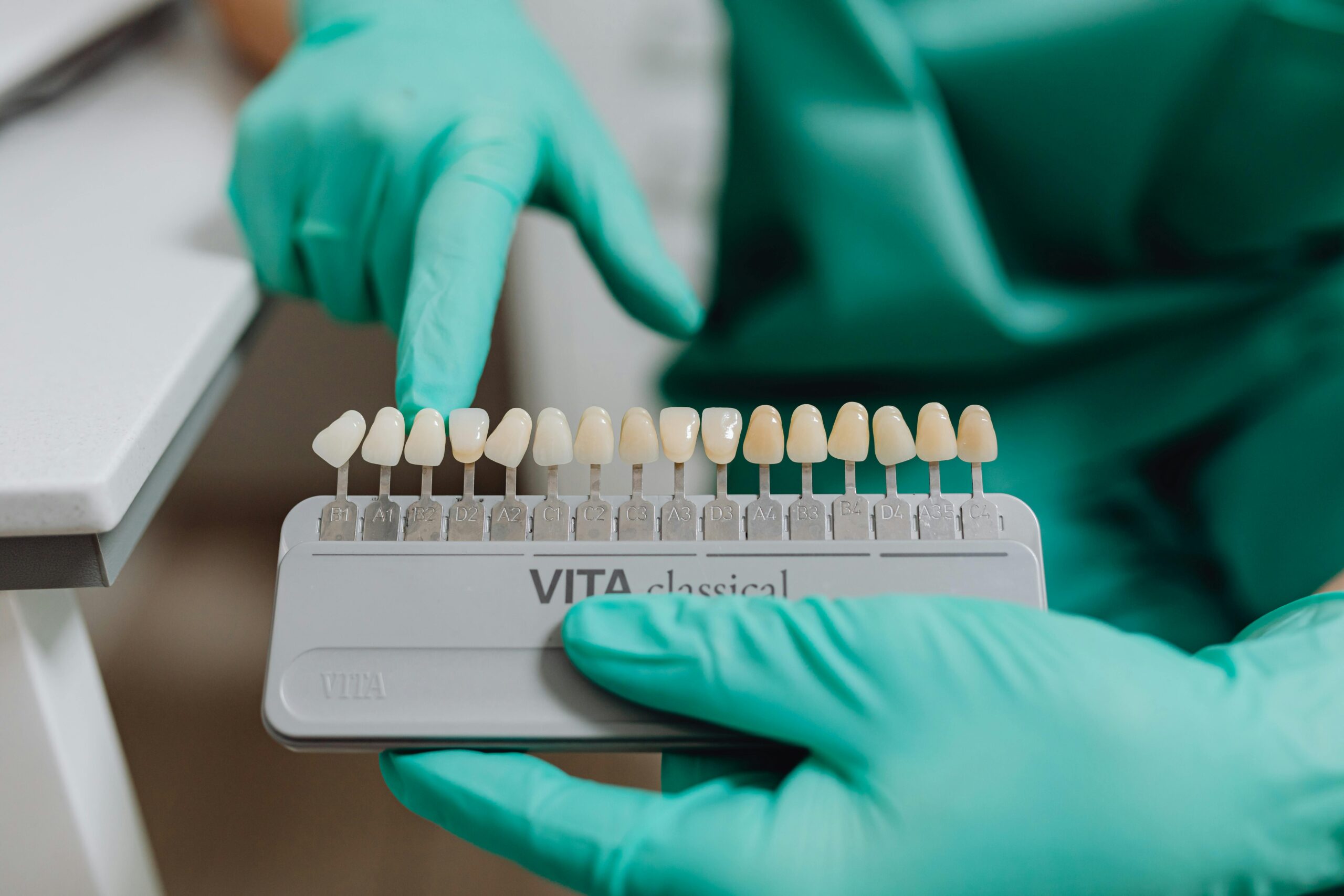Your cart is currently empty!

Understanding Dentin: A Key Component of Tooth Structure
Dentin is a vital layer of the tooth, sitting just beneath the enamel and extending down to the pulp. Its unique properties make it essential for both the strength and sensitivity of teeth. While not as hard as enamel, dentin provides structural support and serves as a protective barrier for the pulp, ensuring the tooth’s…
Dentin is a vital layer of the tooth, sitting just beneath the enamel and extending down to the pulp. Its unique properties make it essential for both the strength and sensitivity of teeth. While not as hard as enamel, dentin provides structural support and serves as a protective barrier for the pulp, ensuring the tooth’s durability and functionality. This article explores what dentin is, how it develops, and the crucial role it plays in oral health.
Composition and Structure of Dentin
Dentin is primarily made up of three components:
- Inorganic Material (70%): This is mostly hydroxyapatite, a crystalline form of calcium phosphate, which gives dentin its hardness.
- Organic Material (20%): Primarily composed of collagen fibers, this component provides dentin with flexibility and resilience.
- Water (10%): Found between and within the mineralized structure, water helps maintain dentin’s vitality and adaptability.
A key feature of dentin is its network of tiny tubules, called dentinal tubules. These microscopic channels run from the pulp to the outer edge of the dentin. They house extensions of odontoblasts (cells responsible for dentin formation) and contain fluid that plays a role in transmitting sensory signals.
Functions of Dentin
Dentin is more than just a middle layer of the tooth. It has several critical functions:
- Structural Support: Dentin underpins the enamel, providing it with the flexibility needed to withstand chewing forces.
- Protection: It surrounds the pulp, acting as a shield against thermal changes, bacterial invasion, and physical trauma.
- Sensitivity: Dentin plays a role in transmitting sensory information. Its tubules allow stimuli—like temperature changes or pressure—to reach the nerves in the pulp.
Types of Dentin
Dentin is not a uniform structure; it can be categorized based on when and how it forms:
- Primary Dentin: This is the dentin formed during the initial development of the tooth. It makes up the bulk of the dentin and is present when a tooth erupts.
- Secondary Dentin: Formed slowly throughout life, this type of dentin reduces the size of the pulp chamber as we age. It is a natural, ongoing process and helps to fortify the tooth.
- Tertiary Dentin: Also known as reparative or reactionary dentin, this forms in response to injury, such as decay or trauma. It acts as the tooth’s defense mechanism, attempting to seal off the pulp from harm.
Dentinogenesis: How Dentin Develops
The process of dentin formation, called dentinogenesis, begins during tooth development. It is carried out by odontoblasts, specialized cells derived from the dental papilla.
- First Stage – Predentin Formation: Odontoblasts secrete a soft matrix of collagen, called predentin. This unmineralized layer forms the foundation for mature dentin.
- Second Stage – Mineralization: Calcium and phosphate are deposited into the predentin matrix, forming hydroxyapatite crystals. These crystals harden the tissue, transforming it into fully formed dentin.
Unlike enamel, odontoblasts remain active after tooth formation, allowing dentin to be continuously produced, albeit at a slower rate. This is why secondary and tertiary dentin can develop later in life.
Unique Properties of Dentin
Several qualities make dentin distinct from other parts of the tooth:
- Elasticity: The collagen in dentin gives it a degree of flexibility, helping to absorb the forces of chewing and preventing cracks from propagating through the enamel.
- Permeability: The dentinal tubules make dentin more porous than enamel. This allows it to interact with the environment but also makes it more prone to sensitivity and bacterial infiltration.
- Adaptability: Dentin can respond to stress or damage by forming tertiary dentin, offering a limited capacity for self-repair.
Conclusion
Dentin is a crucial part of the tooth, providing the strength and resilience needed for daily use while also protecting the sensitive inner pulp. Its unique combination of hardness and flexibility ensures teeth can withstand the forces of chewing, while its ability to form new layers in response to damage highlights its importance in the long-term survival of teeth. By understanding how dentin is formed and how it functions, we gain a deeper appreciation for the complexity of our teeth and their ability to adapt and endure over a lifetime.


